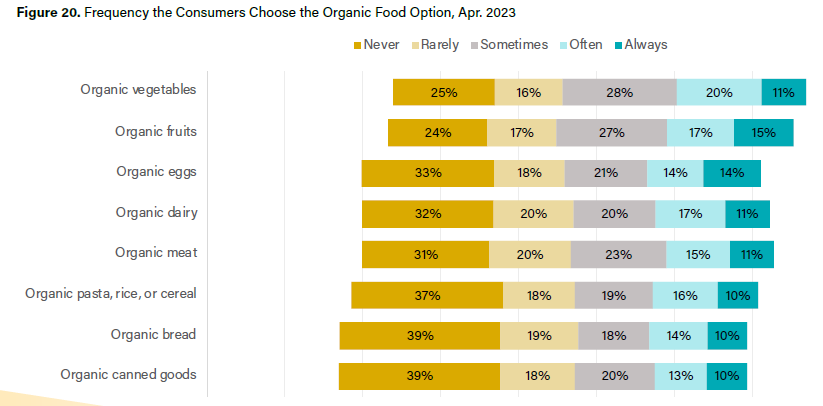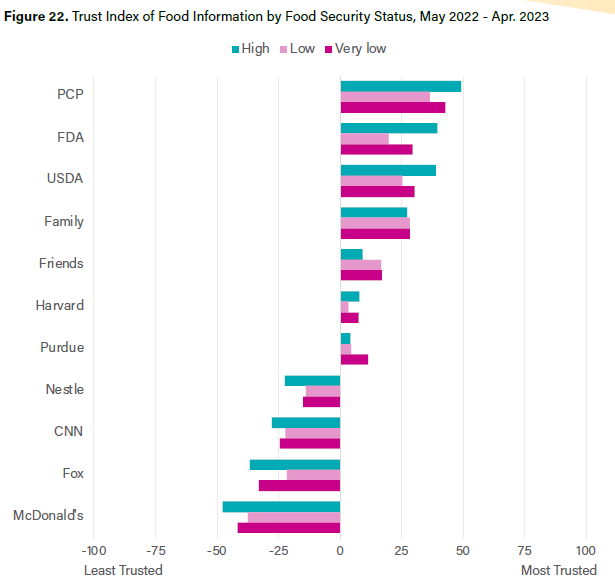The July 2023 edition of the Consumer Food Insights survey is now out. I want to draw attention to one set of questions we added that delved into consumers’ beliefs about beef vs. plant-based, cell-cultured, and lab grown alternatives. Each respondent was only asked one set of these questions. Cell-cultured and lab-grown refer to the same thing, but we were curious if the the alternative labeling produced a different set of beliefs.
By and large, respondents have positive perceptions of beef. Animal welfare is the only characteristic which consumers rated more positively than beef. The specific wording on this item was “Animal Welfare (if consuming the product improves overall animal well-being in the country).” Interestingly, “cell cultured” was not substantively different than “lab grown”; the later actually produced more positive views on the alternative in some dimensions such as environment and animal welfare. I say “interesting” because the start-ups seem to prefer “cell cultured” over “lab grown.”
This is the last edition of Consumer Food Insights I will be directly leading. I look forward to see the excellent work continue from the team at the Center for Food Demand Analysis.







